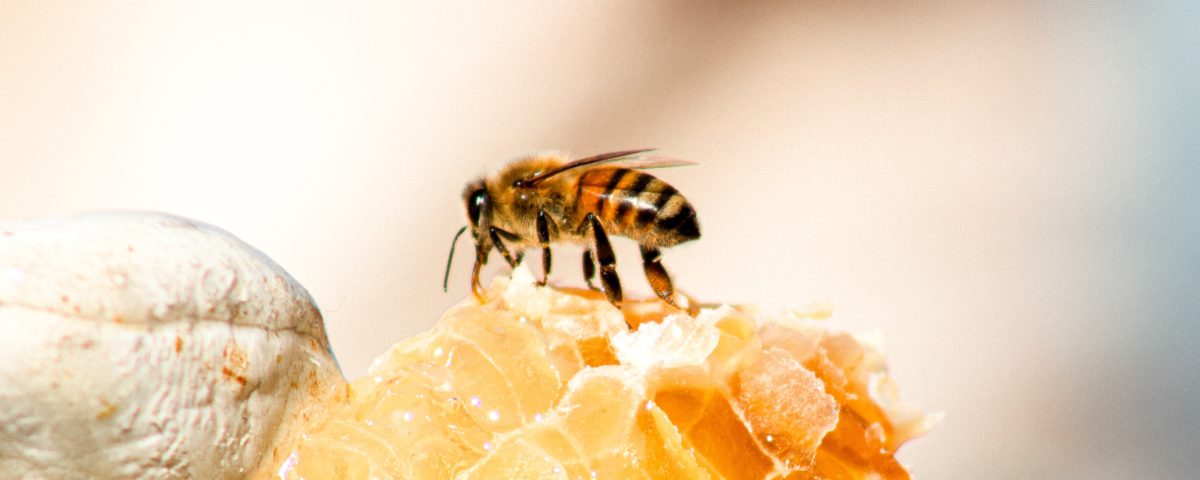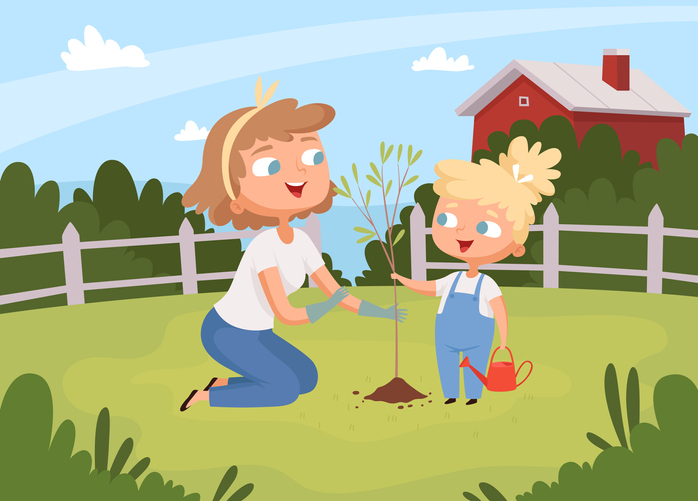- All-In-One Beekeeping for the Bees
- +1-608-728-8233
- info@beepods.com
3 New Ways to Pair Honey With Your Favorite Foods

The flowers bees visit create the flavor of honey
I could just sit here and tell you exactly what cheeses to pair with what honey varietal and call it a day. But that’s not fun for you or me. Instead, let’s talk about how you can pair honey and food, so you can go off and do some amazing experiments in your own kitchen.
It’s really the best way to broaden your honey tasting experience and it uses a scientific approach. You can create a honey hypothesis, conduct your experimental tasting, and provide your results to friends and family. How fun!
Let’s get to the good stuff: Here are all the ways you can approach honey pairings.
Pair for Terroir

The flowers bees visit create the flavor of honey
Honey is similar to coffee and wine in that it is influenced by its terroir. When you consider the terroir of a product, you look at the environment in which it grows and that’s everything down to soil and climate. For bees, the flowers they forage on impart the wide variety of flavors you can taste in a spoonful of honey.
Depending on where you are in the world, the honey tastes different. Take the example of Tupelo honey, which grows in parts of Georgia and northern Florida in the United States. Another example is the mild sage honey of California. In short, the land influences the flavor, facilitated by the efforts of bees.
Therefore, one way you can approach honey pairings is to pair for terroir. As a rule, you can match the honey from a region with the produce that also comes from that region.
Here are some examples:
- Pair a fresh peach, pecan, and parmesan salad with a Tupelo honey vinaigrette
- Use sourwood honey to create a North Carolina-style barbecue sauce for pulled pork
- Make a batch of apple muffins using blueberry honey from Maine as a sweetener
Take some time to familiarize yourself with what your region is known for, what vegetables or fruits shine at your farmer’s markets. Then, pair with local honey. Your next step: Consider texture.
Looking for Honey Recipes?
We have some easy-to-make and deliciously sweet ones for you!
Use Texture to Inspire Your Taste Buds

Swap the syrup for honey the next time you make pancakes
Some people dread honey crystallization, but as far as we are concerned at Beepods, crystallized honey just adds dimension to the tasting experience. And tastes great on scones. Plus, if you don’t like the texture of crystallized honey, you can always make it smooth again.
Or, you can use this textural change that naturally occurs to your advantage.
Use the crunchy crystals to create balance with smooth cheese, for example. Pair smooth, uncrystallized honey with toasted bread or crunchy nuts. Additionally, you can approach it from a point of contrast or pair similar textures. For example, you can opt for crystallized honey with a crisp apple slice or spread it on a flaky croissant to amplify the textural variations in the food you eat. The latter example utilizes complementary pairing to make both the flaky and crunchy textures shine.
Here are some examples to get you started:
- Pair crackers with crystallized wildflower honey and sharp, salty crumbled feta
- Try a spoonful of smooth eucalyptus honey stirred into a mug of peppermint tea
- Match whipped buckwheat honey with fluffy buckwheat pancakes and fresh blueberries
Recreate Your Favorite Flavor Combinations Using Honey
We are all for using your own palette as a guide for your honey tasting adventures, so you can use the generally accepted characteristics of honey varieties to get more in touch with your pairing options.
This is what that looks like:
- Find a honey variety you are interested in.
- Reference the tasting notes (you can use the Honey Aroma and Flavor Wheel as your language blueprint or do your own taste test).
- Think about common food combinations you already eat.
- Pair with complementary, contrasting, or similar flavors.
How to Pair Honey By Preference

Orange blossom honey with oranges? Yes
Item four reflects the generally accepted approach to any food pairing—complement, contrast, or matching. That goes for wine, chocolate, or any dish that you want to develop flavors in (like soup or sauces). This approach takes it a step further by having you think of a flavor combination you already like and subbing honey that represents one of the flavors or adding honey to enhance one of the flavors.
So, if you know you like citrus, use orange blossom honey in your morning bowl of yogurt and granola with fresh fruit (including orange slices, of course).
Do you love caramel? Sourwood honey has a lot of rich caramel notes to it, so you could whip up a batch of brownies and swirl caramel made with sourwood honey into the batter.
Let’s make it savory. Basswood honey has quite earthy and salty flavor notes in addition to its faint rosewater aroma, so it would be great to pair with roast lamb. Conversely, yellow clover honey can have some real spicy notes, like cinnamon and nutmeg. Mix a spoonful into a tagine recipe to bring out the spices in this hearty, savory stew.
Here are a few options:
- Create a marinade for chicken using lemon juice, saw palmetto honey (known for herbal and citrusy flavor notes), rosemary, and parsley
- If you’re a maple lover, try maple blossom honey in place of syrup on your waffles
- Do you love coffee? The next time you make tiramisu, try some buckwheat honey subbed for the sugar when you make your custard. It will create a rich, deep coffee flavor
With this final approach, you get to think about your flavor preferences and use honey to tap into your favorite food memories. What a dream!
Final Thoughts
The absolute best thing about pairing honey with your favorite dishes is that nobody loses, least of all you. The sweetness in honey will bring out the sweetness in the fruits, meats, vegetables, bread products, and cheeses you choose to cook with and will enhance your tasting experience. Since taste is backed by science, but still so subjective, there’s no wrong answer!
If you’re into cooking and you have jars of honey sitting in your cupboard, waiting to be used, look at them as a beautiful opportunity. You might find that honey can transform your kitchen and help you discover new favorite flavor combinations you never even knew you liked.
Happy tasting!
Resources:
https://www.americanhoneytastingsociety.com/product-page/honey-aroma-and-flavor-wheel
https://www.saveur.com/article/Kitchen/One-Ingredient-Many-Ways-Honey/
https://www.foodandwine.com/news/food-honey-pairings
https://www.thespruceeats.com/various-honey-flavors-2217015
https://www.wired.com/story/the-flavor-matrix/https://
www.thenibble.com/reviews/main/honey/pairing-honey.asp
Caitlin Knudsen
Latest posts by Caitlin Knudsen (see all)
- How to Change Your Students’ Lives With Project-Based Learning - November 20, 2020
- Watch The Pollinators to See How We Can All Choose to Change Agriculture - November 13, 2020
- 6 Cold Weather Feeding Tips You Have to Know - November 6, 2020



